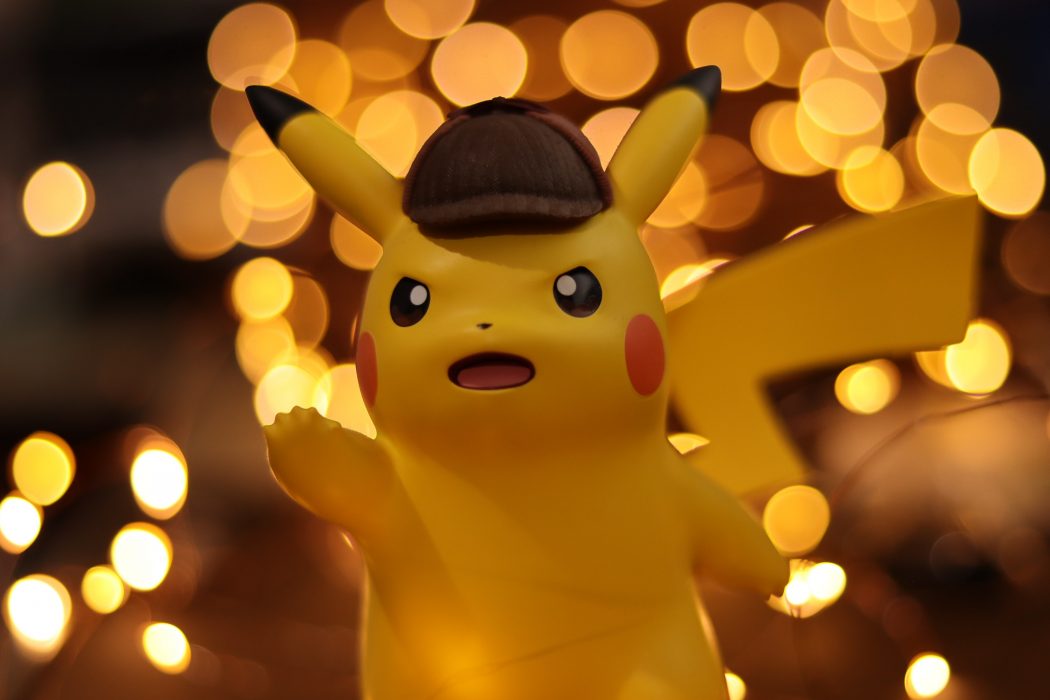When someone says that they watch anime, the typical reaction is a snicker, followed by comments that shame them for their preference. This is because people in Canada think that anime is weird. And to be honest, it is. One of the most popular anime of all time literally follows a 10-year old boy who hasn’t aged for the past 20 years, catching cute animals and forcing them to fight to the death. If you don’t know what I’m talking about, it’s Pokemon. Look it up, it’s pretty popular.
Aside from this though, anime is portrayed in Western culture as no more than a cult offering, with shows that the outcasts of society watch. However, streaming platforms like Netflix and Amazon Prime have been extremely active in expanding into anime, even producing some of their own. There has been a definitive change in perception, and while there are still some stereotypes surrounding anime, I no longer feel uncomfortable talking about 12-year old kids that hold nine-tailed fox demons inside of them when I’m in a large group of people.
“All things taken into consideration, the deciding factor for the success of anime in the Western hemisphere was the Internet“
To understand the change, it’s important to go back to the beginning. Kids from the 90’s grew up watching cartoons and TV shows with real people in them, and when anime started coming over from Japan, it was in the form of illegal contraband and tapes. Not surprisingly, the initial perception of anime began very negatively – it was foreign entertainment that you couldn’t watch on the regular cable channels. Even when Pokemon began airing on TV in the early 2000’s, it was still weird because there was nothing else like it. And this led to the common occurrence of the normal kids sitting on one side of the lunch table, while the losers would sit on the other side, talking about Dragon Ball and Naruto.
All things taken into consideration, the deciding factor for the success of anime in the Western hemisphere was the Internet. Among the abundance of content that found an open marketplace, anime was one of the biggest benefactors from the commercialization of the world wide web. People could now find these crazy, animated shows that had taken over Japanese TV schedules on their computers. The best part of all? It was free most of the time, and for generation Z kids that weren’t allowed to watch TV or didn’t have cable, this was a key phase of growth for anime.
Today, not only has the consumption of Japanese anime increased exponentially, but countries other than Japan have produced their own. Most notably, Nickelodeon’s original anime, “Avatar: The Last Airbender” has become a classic show in the memories of many current university students, and is even lauded as one of the best series ever made. Exposure has reached the point where everyone knows the big names, and there are entire subreddits dedicated to anime couples and show endings.
“In fact, one could say it is the best combination… bringing together the whimsical visual experience we get from cartoons with deeper thematic ideas that result in a more fulfilling experience overall”
When you think about it though, anime really isn’t that crazy. While it can sometimes come across as extreme, it shares a lot of similarities with cartoons and conventional TV shows at its core. In fact, one could say it is the best combination of the two, bringing together the whimsical visual experience we get from cartoons with deeper thematic ideas that result in a more fulfilling experience overall.
Taken even further, when examining the most popular anime of the past decade, the themes are consistent: hard work and never giving up will always lead to better things. In a world where nothing seems to be getting better, these positive messages really hit hard. The resonating emotions that are felt from watching anime are part of the reason why people get so hooked, following along as these characters overcome challenges they see a reflection of their better selves within them.
Streaming platforms like Netflix have recognized the opportunity that exists in anime, and have been engaging in ambitious strategies to expand their offerings. This does not mean that anime is anywhere close to reaching the upper echelons of North American content consumption. However, if nothing else, anime should be recognized as a real competitor among the other sources of content. In the immortal words of Naruto Uzumaki, you better believe it!









I think this is a well written article. Most people would think that anime is for kids but our generation is changing and it is becoming an even more competitive market. I really hope that netflix starts to invest more time on original animes.